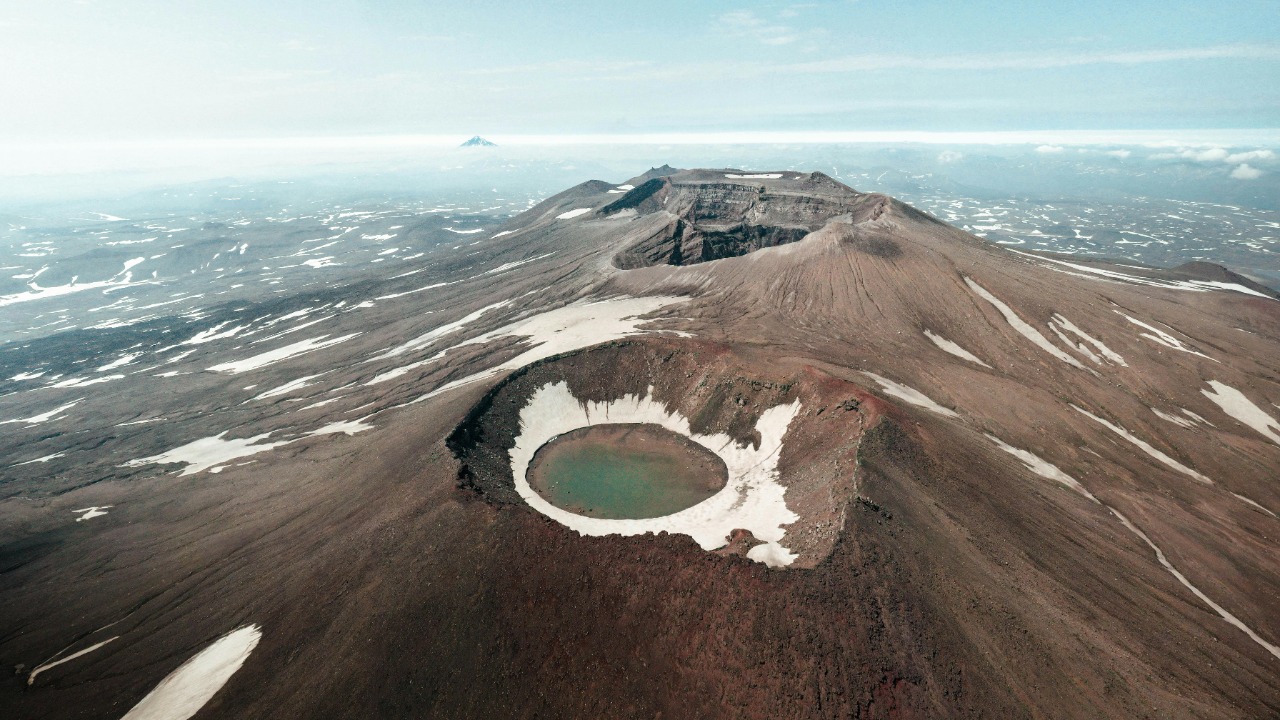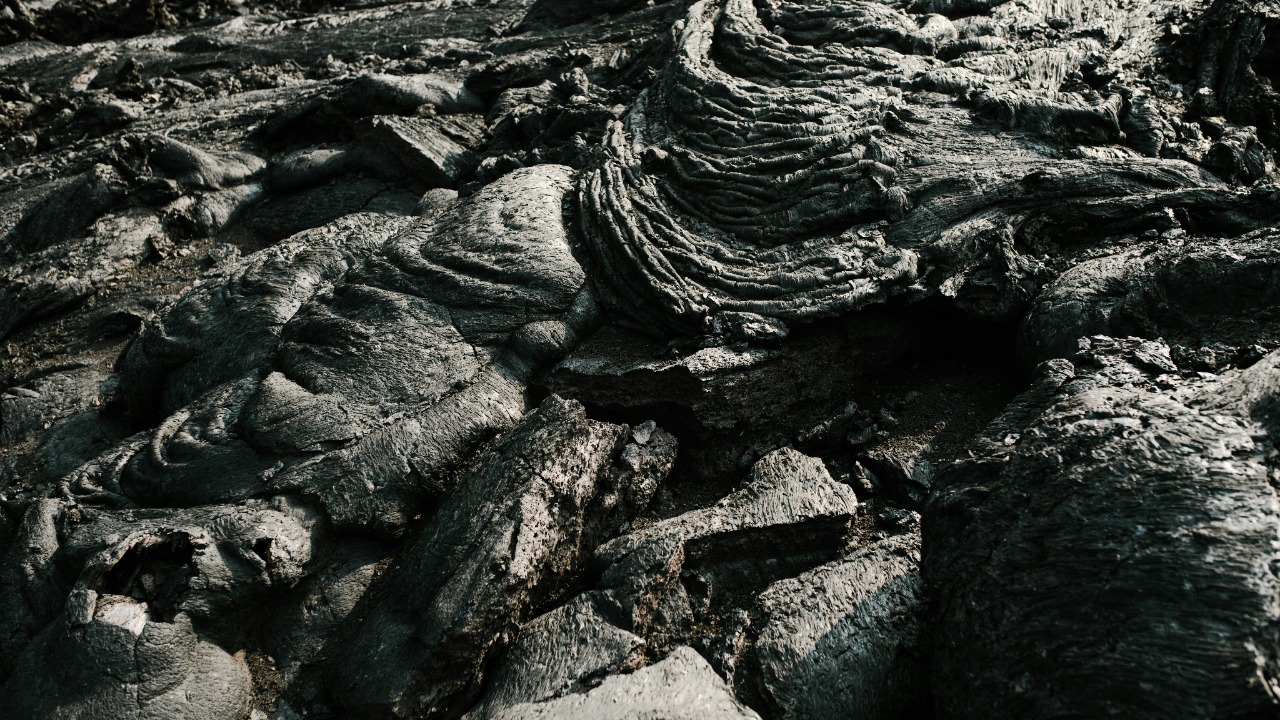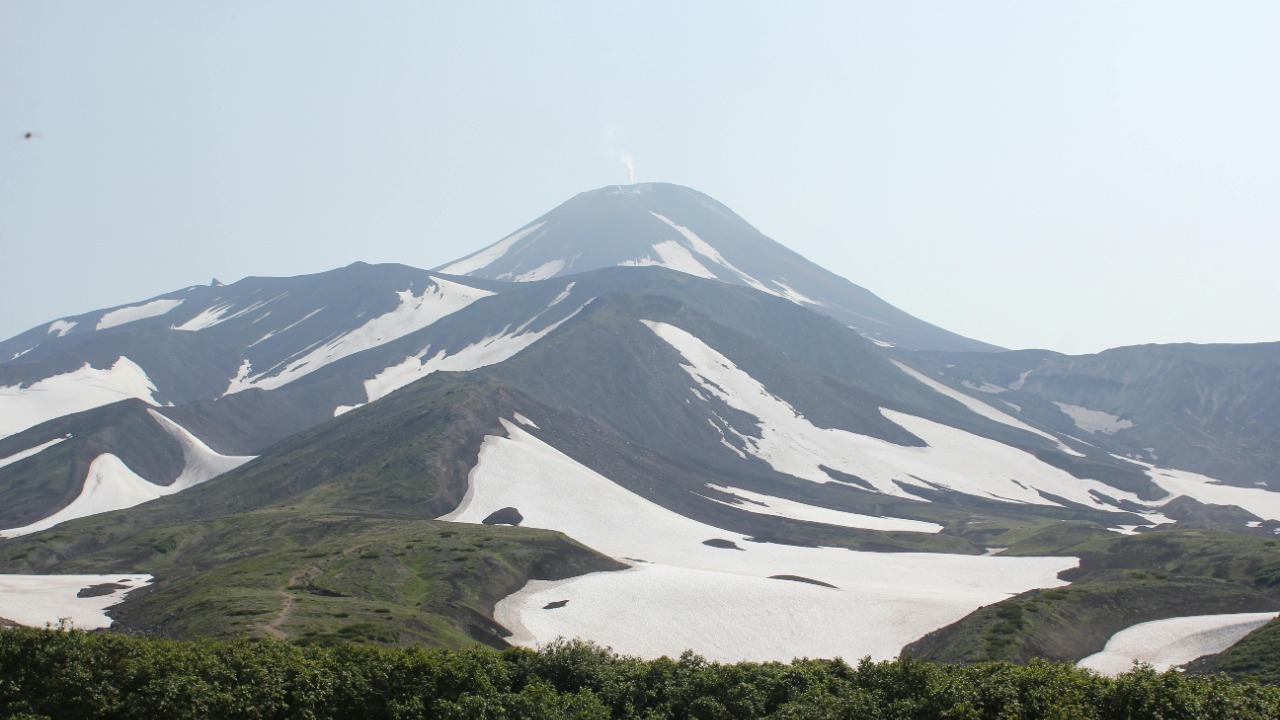
Following a powerful earthquake, seven volcanoes in Russia’s Kamchatka Peninsula have shown signs of increased activity, raising concerns about potential eruptions. This unexpected geological awakening highlights the dynamic nature of the Earth’s crust in this region and its implications for local communities and global air travel.
The Geology of Kamchatka

Kamchatka’s volcanic landscape is a remarkable feature of the Pacific Ring of Fire, a horseshoe-shaped area known for its seismic and volcanic activity. The peninsula itself stretches over 1,250 kilometers and is home to more than 300 volcanoes, 29 of which are currently active. This region’s geological history is deeply intertwined with the movements of tectonic plates that continually shape its rugged terrain. Over the years, significant eruptions have marked Kamchatka, such as the catastrophic eruption of Klyuchevskoy in 2013, which is one of the world’s most active stratovolcanoes.
The role of tectonic activity in Kamchatka cannot be overstated. The peninsula sits atop the boundary where the Pacific Plate subducts beneath the North American Plate, a process that fuels volcanic activity. Recent seismic activities, such as the powerful earthquake that struck recently, contribute to this dynamic environment. These tectonic shifts are the primary drivers behind the volcanic unrest currently observed, signaling the potential for future eruptions.
The Recent Earthquake: Catalyst for Change

The recent earthquake that struck Kamchatka measured a significant magnitude, with its epicenter located off the eastern coast of the peninsula. This seismic event sent shockwaves across the region, causing immediate effects on the local population and infrastructure. Buildings trembled, and residents were urged to stay alert for aftershocks. The quake’s impact on the community was profound, highlighting the vulnerability of those living in this seismically active area.
There is a well-documented connection between earthquakes and volcanic eruptions. Earthquakes can destabilize the magma chambers beneath volcanoes, increasing the likelihood of an eruption. Scientists have observed this phenomenon in past incidents, such as the 2011 earthquake in Japan, which was followed by volcanic activity at Mount Shinmoedake. Understanding the relationship between these natural events is crucial for predicting future volcanic eruptions and preparing affected communities.
The Seven Awakening Volcanoes

The seven volcanoes currently showing signs of increased activity in Kamchatka include Shiveluch, Klyuchevskoy, and Bezymianny, among others. Each of these volcanoes has a unique history of eruptions and geological traits. For instance, Shiveluch is one of Kamchatka’s largest and most active volcanoes, with its last major eruption occurring in 2019. Klyuchevskoy, meanwhile, stands as the tallest volcano on the peninsula, frequently erupting and spewing ash into the atmosphere.
Current signs of activity observed in these volcanoes include increased seismic activity, emissions of ash and gases, and visible lava flows. These indicators suggest that the volcanoes are gearing up for potential eruptions. The implications of such eruptions are wide-ranging, affecting local communities, wildlife, and the broader environment. Ash clouds from these eruptions can also disrupt air travel, posing risks to aircraft flying over the region. Additionally, volcanic eruptions can have far-reaching effects on global climate patterns, as seen in past events where ash and sulfur dioxide emissions have led to temporary cooling.
Preparedness and Response Measures

In response to the increased volcanic activity, local and governmental preparedness measures are of utmost importance. Authorities in Kamchatka have established monitoring systems to keep a close watch on the volcanoes. These systems utilize seismic instruments and satellite imagery to provide real-time data on volcanic activity. Emergency response strategies, including evacuation plans, are also in place to ensure the safety of residents in the event of an eruption.
The role of the scientific community in predicting volcanic eruptions is crucial. International cooperation allows for the sharing of data and resources, enhancing the ability to manage potential disasters. Organizations such as the Kamchatka Volcanic Eruption Response Team (KVERT) work alongside global partners to monitor and analyze volcanic activity. This collaboration is vital for improving predictive capabilities and ensuring effective disaster management strategies.
The Broader Implications of Kamchatka’s Volcanic Activity

Understanding the impact of volcanic activity on climate change is an area of ongoing research. Volcanic eruptions release vast amounts of ash and gases into the atmosphere, which can influence global climate patterns. For instance, the 1991 eruption of Mount Pinatubo in the Philippines caused a noticeable drop in global temperatures. The potential long-term environmental consequences of increased volcanic activity in Kamchatka underscore the importance of continued monitoring and research.
Lessons learned from studying Kamchatka’s volcanic activity provide valuable insights into the Earth’s dynamic processes. Future research efforts aim to deepen our understanding of these natural phenomena and improve our ability to predict and respond to volcanic eruptions. As scientists continue to unravel the complexities of the Earth’s geology, the importance of international collaboration and data sharing remains paramount.